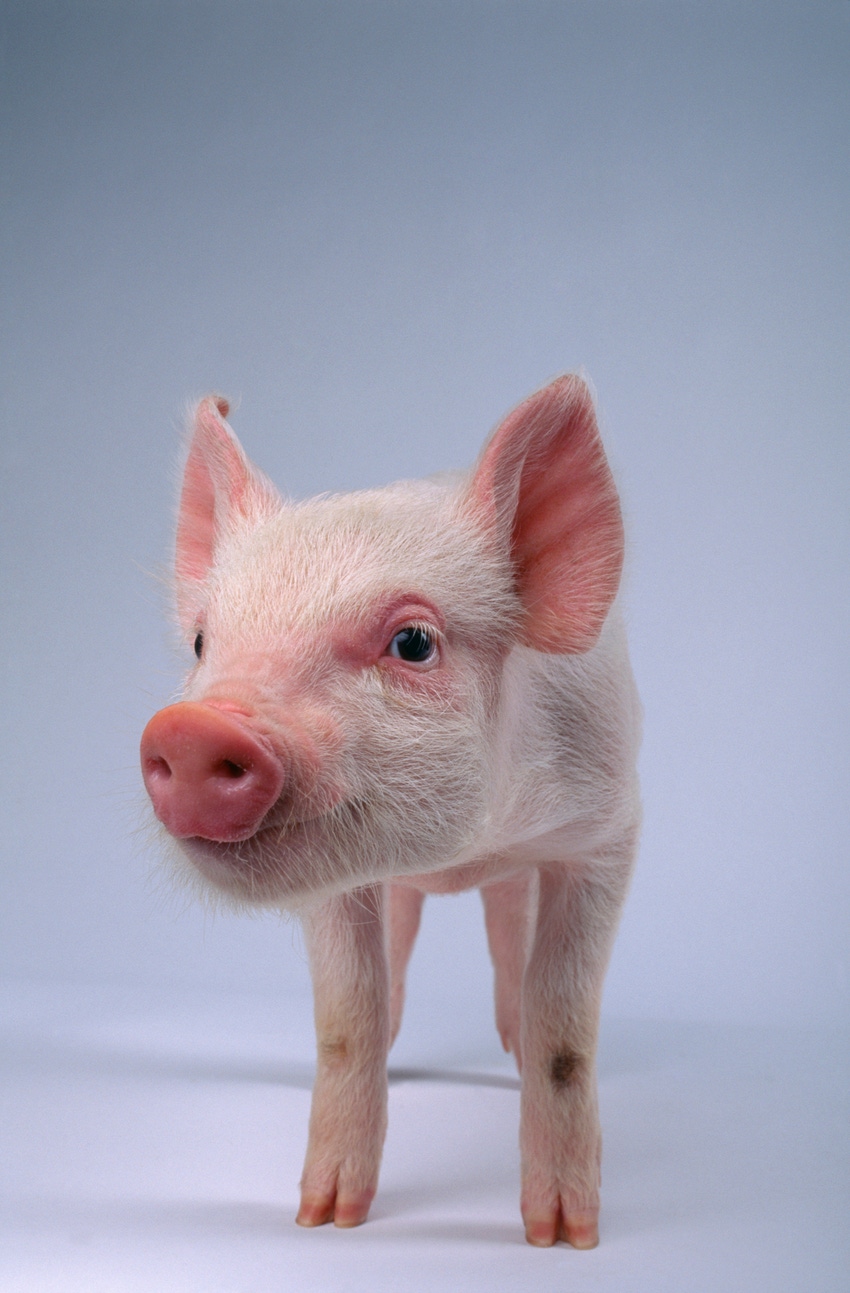Measure ensures that European feed manufacturers can incorporate adequate copper levels for piglets to support health and nutritional needs.
July 26, 2018

On July 23, the revised maximum permitted levels of copper in complete feeds were published in the Official Journal of the European Union, according to the the European Feed Manufacturers' Federation (FEFAC).
In line with European Food Safety Authority recommendations for soil protection, the maximum levels of dietary copper were lowered to 25 mg/kg for all ages of pigs, but the political agreement allows permitted levels of 150 mg/kg for up to four weeks after weaning and 100 mg/kg for up to eight weeks after weaning, FEFAC said.
This ensures that European feed manufacturers can incorporate adequate levels of copper for piglets to support their nutrition and good health in the most sensitive period of their life while minimizing the impact on the environment, the association said.
Predrag Persak, chairman of the FEFAC Animal Nutrition Committee, said, “FEFAC played a key role in convincing decision-makers that a tailor-made approach for inclusion rates of copper in piglet feed is justified to preserve this particular animal nutrition solution to support optimal animal health management. Dietetic copper is an essential trace element in compound feed production, and adequate levels thereof in piglet feed will maintain good performance and can reduce the occurrence of postweaning diarrhea, which would need to be treated with antibiotics.”
The members of the Standing Committee on Plants, Animals, Food & Feed (SCoPAFF) were unanimously in favor of the European Commission’s proposal, showing the broad acknowledgment for FEFAC’s argument that dietetic copper can play a crucial role in maintaining piglet health within the context of antimicrobial resistance, FEFAC said.
“From an early legislative stage, we identified a clear risk for the health management of the pig farming sector if the copper levels for piglets would be lowered to 25 mg/kg. With help of the study performed by Bikker et al. (2015) and our own impact assessment, FEFAC demonstrated to the authorities that lowering the copper levels in piglet feed too soon and too much would be very critical on pig health management and performance while presenting only marginal environmental gains because of the small amount of feed they consume,” FEFAC Animal Nutrition Committee expert Erik Dam Jensen explained.
FEFAC was founded in 1959 by five national compound feed associations from France, Belgium, Germany, Italy and the Netherlands. FEFAC membership today consists of 23 national associations in 23 EU member states as full members as well as associations in Switzerland, Turkey, Norway, Serbia and Russia with observer/associate member status.
The European compound feed industry employs more than 100,000 people on about 3,500 production sites. Farm animals in the EU consume an estimated 480 million metric tons of feed per year, about 30% of which is produced by compound feed manufacturers.
FEFAC is the only independent voice of the European compound feed industry at the level of the European Institutions. FEFAC also holds observer status in CODEX Alimentarius.
You May Also Like


.png?width=300&auto=webp&quality=80&disable=upscale)
